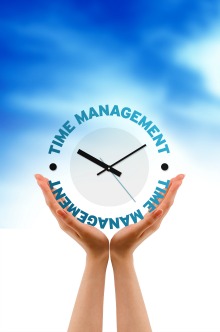
Time Management
Time management in the massage room can be tricky. Even with a thorough intake, you never know what you’re going to find until you get your hands on someone. It’s important, though, to keep your word to your clients. If, somehow, you can’t do what you said you would and you need to alter the plan, it’s vital … Continue reading Time Management

